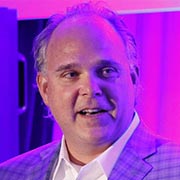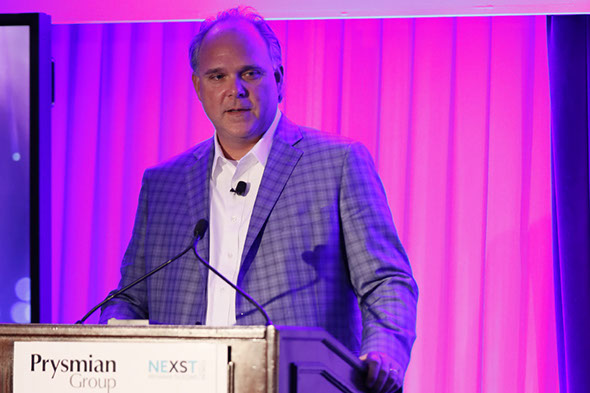The Fiber Revolution

A tremendous revolution is taking place in our industry today! Growth and evolving technologies such as IoT, 5G, Cloud Computing and smart cities are driving this revolution. These developments have made a marked change to how we think about network infrastructure.
A tremendous revolution is taking place in our industry today! Growth and evolving technologies such as IoT, 5G, Cloud Computing and smart cities are driving this revolution. These developments have made a marked change to how we think about network infrastructure.

Bill Cook
BANDWIDTH INFRASTRUCTURE ADVISOR AT COOK INFRASTRUCTURE CONSULTING
Ten years ago, latency wasn’t as big an issue as it is today. What’s more ten years ago ‘hyperscale data centers’ were hardly on the radar – although this is a hugely important topic now and driving a great deal of innovation! I think we’ll be seeing a lot of the practices that have been introduced to meet the requirements of Data Centers to other areas before long.
Infrastructure has always been a very precious resource. Right now a proliferation of infrastructure is required to support all of this growth. The scale on which this is taking place, and needs to continue, is almost overwhelming. What key factors need to be addressed in building infrastructure to support the needs of today and tomorrow? The answer to this is multi-faceted. One of the most challenging areas is network design. On the planning side, the sheer volume of applications involved makes deployment challenging. In the worst case, you might find out years after rollout that it costs two or three times more to operate the infrastructure than it actually cost to put it in the ground. Good planning is an absolute necessity.

What’s more, with the current explosion of growth, a large number of new products have appeared relatively fast, especially to meet the need for fiber optic cabling in bigger sizes and quantities than ever. This is leading to challenges in related areas. For example, equipment required to support cable rollout, such as splicing gear, has to be compatible with fiber offering higher fiber counts. In relation to the regulatory space, some careful consideration is required, as there’s only so much real estate out there. To make future telecom infrastructure work successfully, the private and public sectors will have to work closely together.
The desire for bandwidth may seem to be growing infinitely, but the space for installing fiber cables in is finite. High-density fiber can help meet demand, but installing these cables requires a very different approach than traditional methods. The same goes for network design and rollout. Nobody knows exactly which applications the future will bring, but we can say for certain bulk infrastructure and bigger cables are required. This brings some challenges. As an industry, we really have to think about how we want to go forward. In fact, if you’re not part of the solution you’re part of the problem!




